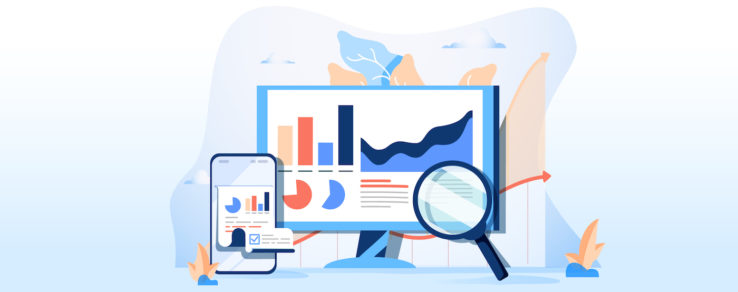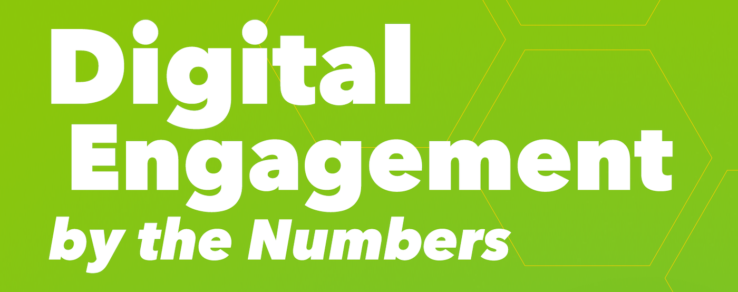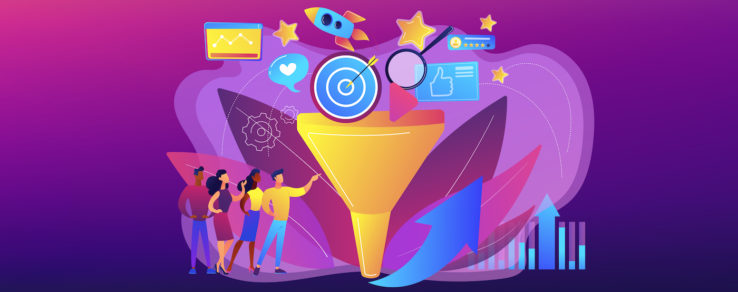Creating a content strategy without using performance metrics is like taking a road trip without a map — and without a destination in mind. You won’t know how to get there, and you won’t even know when you’ve arrived! Performance metrics are the roadmap that guide your content strategy and the signpost that tells you when you’ve achieved your goals. Without them, energy utility marketers would be lost.
What performance metrics should guide your content strategy? There are three major milestones that energy utility marketers should look for in their digital marketing KPIs:
- Popularity
- Engagement
- Effectiveness
How to measure the popularity of content
Your content won’t achieve any of its goals if your customers don’t see it. The first performance milestone assesses the popularity of content by looking at the pageviews that measure how many times an article was clicked or the video views that indicate the number of times a customer started watching a video.
It’s important to understand that popularity metrics like pageviews only measure how many times a customer clicked on a piece of content — they do not tell you if that content is engaging or effective. But pageviews indicate that your content covers the right topics (or not) and if you’re doing a good job of conveying those topics with enticing headlines or links.
Depending on your content strategy, it may also be valuable to measure the source of these pageviews: Did these clicks come from social media, a newsletter or other email, or search engine results? This will help you understand if particular topics are more popular with customers on social media, for example, or if certain headlines generate traffic from search engines.
How to measure content engagement
This is where marketers can distinguish popular content from high-quality content. If an article generates a lot of pageviews, but customers don’t stay on the page long, you might have a good topic but a bad article. Your audience is looking, but they apparently don’t like what they see.
Engagement metrics like time on page for articles and infographics and percent completion for videos tell you if customers find your content to be interesting or valuable. When the average time on page is two minutes for a 500-word article — or close to one minute for a 60-second video — it’s a strong indication that customers think your content is useful and engaging and they’re spending quality time with it.
How to measure if your content strategy is effective
The most engaging content in the world won’t help you reach your marketing destination if customers don’t take action. That’s why the final milestone is so important: It measures if your content is effective at achieving your goals.
For many energy utilities, the primary goal of their content strategy is to build long-term engagement and strong digital customer relationships. The engagement metrics mentioned above will be your primary way to measure if that strategy is effective. In addition, you can measure the open reach of eNewsletters to see what percentage of your customers engage with your content over the course of a year. You can look at pages-per-visit or return visitors metrics on your website to see if customers are engaging with multiple content assets over time.
But what if your marketing goals are more specific, such as driving program participation or marketplace sales? To determine if your content strategy is effective, you can measure click-through rate to see what percentage of customers clicked on a link or CTA and conversion rate to see how many of them completed a signup or purchase on the landing page.
Performance metrics are critical to a successful content strategy
Don’t get lost on your marketing journey! Let performance metrics be your guide to a successful content strategy. By identifying popular topics and engaging content, and making sure that content supports your marketing goals, the right performance metrics will help you measure and optimize your energy utility’s content strategy.





